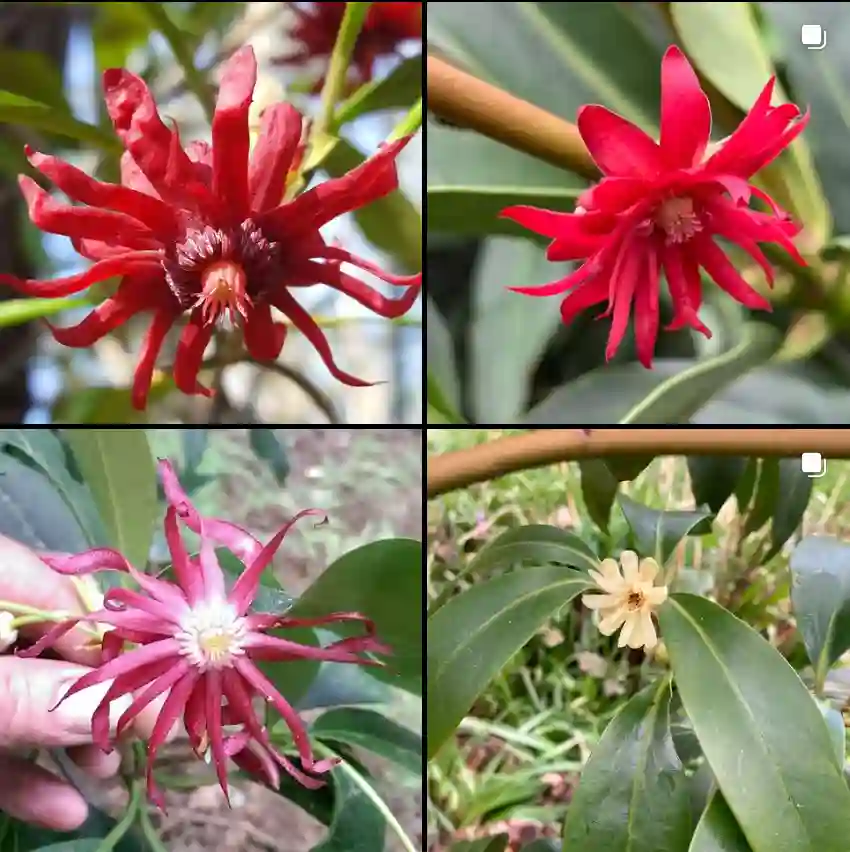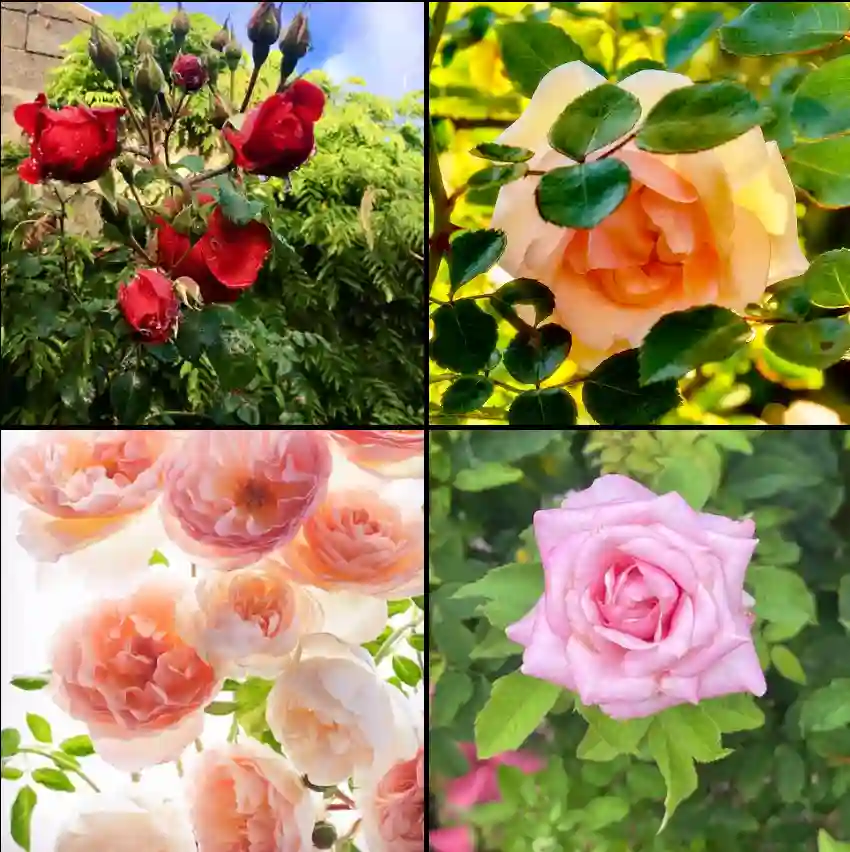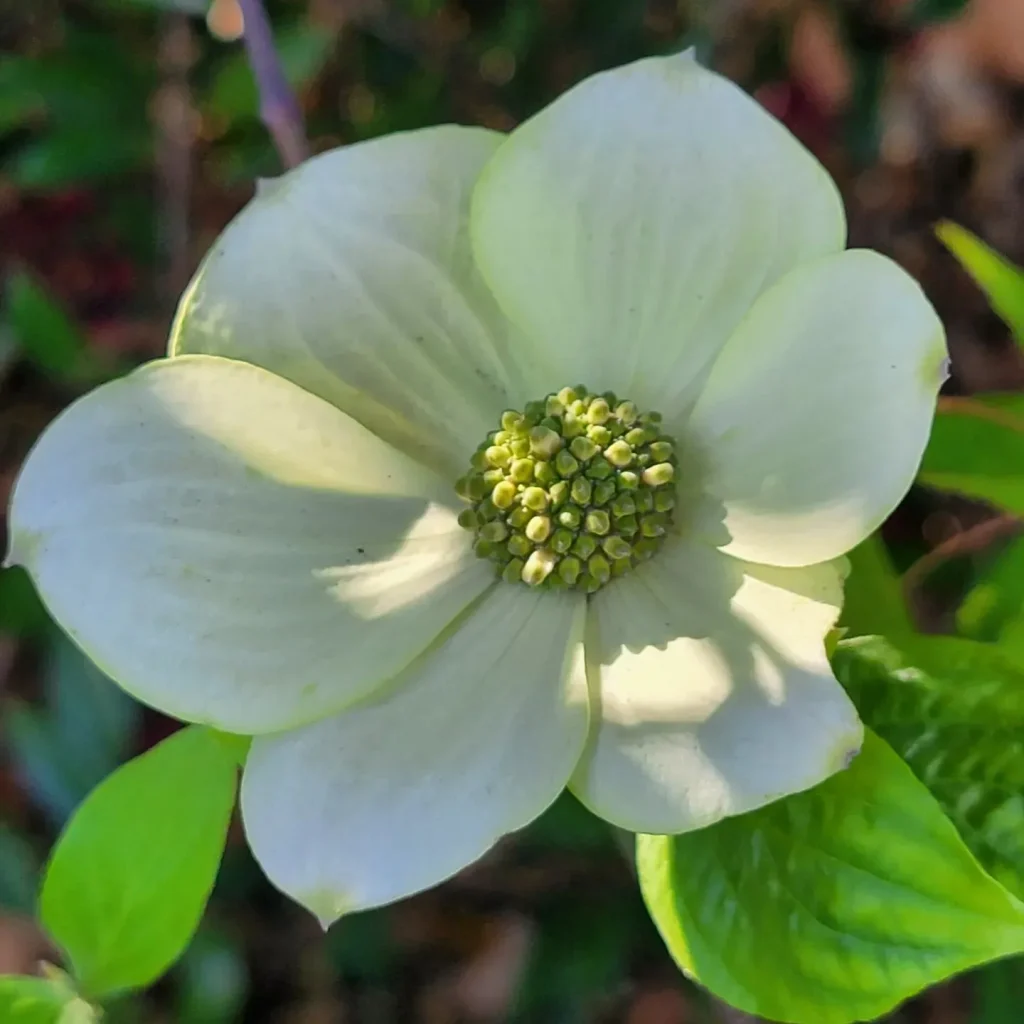My Fascination with the Resurrection Plants: Ramonda
I, Ferb Vu, have always been drawn to the unique and resilient in nature. There’s something captivating about plants that thrive in seemingly impossible conditions, pushing the boundaries of survival. That’s what led me to the Ramonda genus from the Gesneriaceae family, a group of extraordinary plants often called “resurrection plants.” These resilient little wonders are native to the rocky, mountainous regions of Europe, specifically the Pyrenees, northeastern Spain, and the Balkans. What makes them truly remarkable is their ability to withstand extreme desiccation, appearing completely dead, only to spring back to life with the return of moisture. Imagine a plant drying to a crisp, seemingly lifeless, then with a little water, reawakening to its former glory. It’s like something out of a fantasy novel!
A Closer Look at Ramonda Species
The Ramonda genus is relatively small, comprising only four known species. Each has its own unique charm and distribution:
- Ramonda myconi: This species, also known as the Pyrenean violet, is native to the Pyrenees Mountains. It boasts beautiful violet flowers with yellow centers, reminiscent of its namesake.
- Ramonda nathaliae: Found in the Balkans, this species is distinguished by its lavender-blue flowers with white throats. It often grows in shady crevices and rock faces.
- Ramonda serbica: Another Balkan native, Ramonda serbica is very similar to R. nathaliae but has slightly smaller flowers and leaves.
- Ramonda heldreichii: Previously classified under the genus Jankaea, this species is unique with its bell-shaped, lavender flowers and is found in a limited area of northern Greece.
Why “Resurrection Plants”?
The ability of Ramonda species to tolerate extreme dehydration is a marvel of plant physiology. They can lose up to 95% of their water content, entering a state of suspended animation where they appear completely dead. This remarkable adaptation is thanks to a combination of factors:
- Cellular protection: Ramonda plants possess mechanisms that protect their cells from damage during dehydration. This includes the accumulation of protective sugars and antioxidants.
- Folding and shrinking: Their leaves have the ability to fold and curl inwards, reducing surface area and minimizing water loss.
- Rapid rehydration: When moisture returns, Ramonda plants can quickly rehydrate and reactivate their metabolic processes, effectively “resurrecting” themselves.
This incredible resilience makes Ramonda a subject of fascination for botanists and plant enthusiasts alike. Researchers are studying their unique adaptations to understand drought tolerance and potentially apply this knowledge to improve crop resilience in arid environments.
My Personal Observations
I’ve had the pleasure of observing Ramonda myconi in its natural habitat in the Pyrenees. Seeing these delicate yet hardy plants clinging to life on sheer rock faces was truly inspiring. Their ability to thrive in such harsh conditions, where temperature fluctuations and water scarcity are the norm, is a testament to their evolutionary prowess.
I was particularly struck by the contrast between their seemingly fragile appearance and their incredible resilience. The delicate violet flowers blooming amidst the rugged landscape create a scene of unexpected beauty. It’s a reminder that life finds a way, even in the most challenging environments.
The Future of Ramonda
As climate change continues to impact our planet, the ability of plants like Ramonda to withstand drought becomes increasingly significant. Studying these resurrection plants can offer valuable insights into how we can protect and improve the resilience of other plant species, including those crucial for food security.
Furthermore, the unique beauty and resilience of Ramonda make them a valuable addition to rock gardens and alpine collections. By cultivating and appreciating these fascinating plants, we can help raise awareness about their importance and contribute to their conservation.
In conclusion, my exploration of the Ramonda genus has been a journey of discovery and wonder. These resurrection plants are a testament to the ingenuity of nature and offer hope for a future where plants can adapt and thrive even in the face of environmental challenges.
If i die, water my plants!



